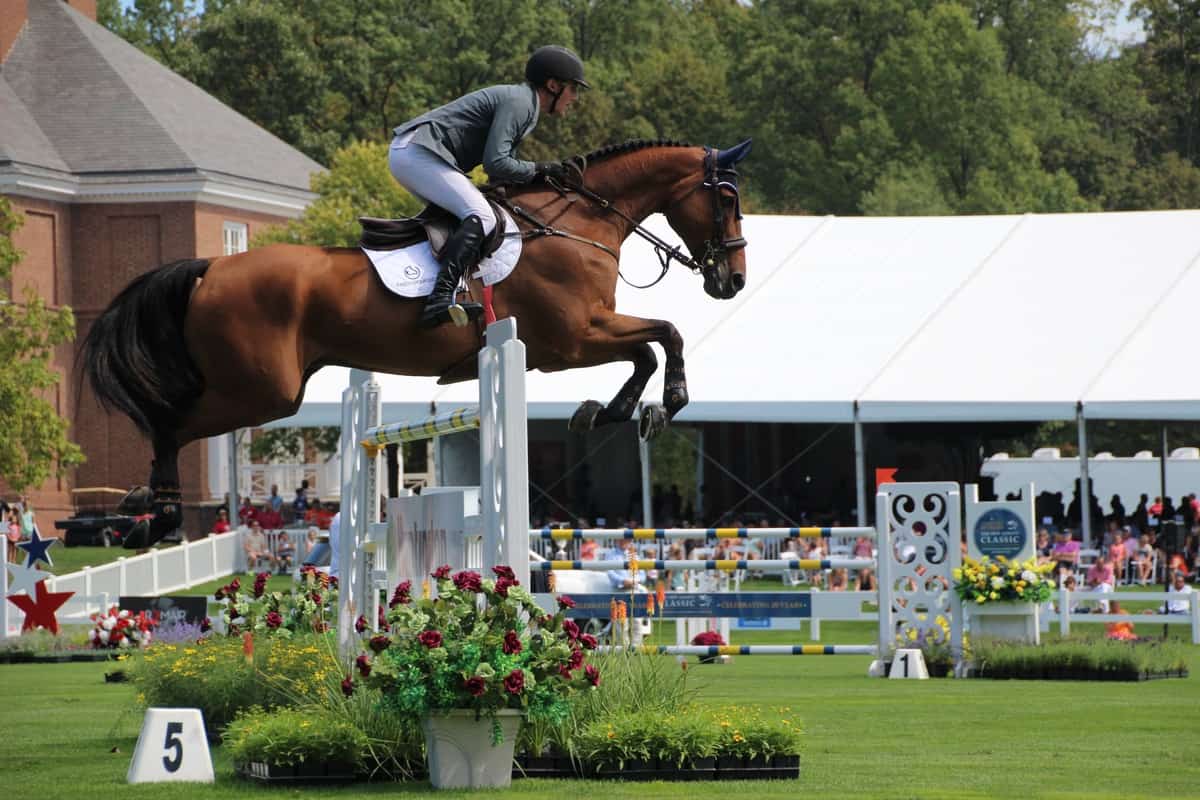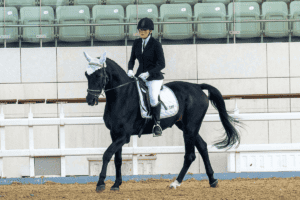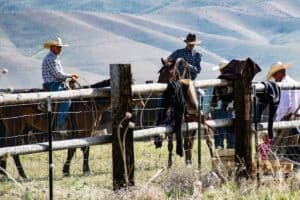In the equestrian world, you must have heard the term jumping associated with horses. Horse jumping is in fact a fairly common form of horse riding which is played around the world. It is a type of equestrian sport in which a horse and its rider are required to jump over a series of obstacles of different heights which are designed according to a particular event.
In this discipline of horse riding the horse rider must complete a set of obstacles without any fault in the least possible time.
HORSE JUMPING TERM
Horse jumping is also referred to as ‘show jumping’, it is also referred as ‘stadium jumping’ and ‘open jumping’ in some unique cases. As suggested by the name horse jumping, show jumping, and stadium jumping is named because the horses must literally jump over obstacles and maintain balance upon landing.
According to the Cambridge dictionary, horse jumping can be defined as: “A sport which involves riding a horse in a competition that tests their ability of jumping over large objects like walls and fence.”
HORSE JUMPING COMPETITIONS
International horse jumping are governed by the rules and regulations set by the International Federation For Equestrian sports (FEI). Horse jumping is a type of equestrian which is played and enjoyed in every corner of this world. Horse jumping is one of the most common horse-riding disciplines which is played in different competitions.
The highest level of horse jumping competition, the grand prix is played professionally all over the world. The grand Prix runs under the International Federation of Equestrian Sports (FEI) rules. In a typical horse jumping competition, the horse must jump a course containing anywhere between 10 to 16 obstacles. The height of the obstacles is typically up to 1.6 meters and may spread up to 2.0 meters. The most popular grand prix level horse jumping competitions are that of The Olympics, The World Equestrian Games and other series of international events.
Horse jumping was for the first time played in the Olympics in 1900. It was later introduced as a regular sporting event in the Olympics in 1912.
OBSTACLES IN HORSE JUMPING
In horse jumping there are several different obstacles which a rider may have to cross during the test. Some of these obstacles may only be found only in one class of horse jumping while others may be found in all the classes or in more than one class. A list of common obstacles which may be seen in a horse jumping event are listed below:
- Cross rail:
Cross rail is one of the simplest type of obstacles which a participant may come across in a horse jumping competition. Cross rails are generally two rods joined together forming an ‘X-shape’. This obstacle is appealing to the rider and the horse because of its low height. It is only included are low levels of horse jumping events due to their simplicity.
- Jump Combination:
Jump combinations are set of jumps located with one or two strides in between the jumps. This can be very confusing as the horse must get a specific stride to jump smoothly beween the set of obstacles.
- Liverpool:
Liverpool is a blue tray filled with water. It is placed on the ground. Rails are also placed at a certain height above the water to determine the minimum height of the jump.
- Vertical:
A vertical is made up of a combination of rails situated one over another. There is no spread or width of the rails, it is only one pole wide. It is mostly used in combinations of jumps.
- Oxer:
Oxers are a pair of rails located near each other. The function of these rails is to make the jump wider. The two rails might be of the same height or of a different height. This makes the obstacle challenging. While confronting this type of obstacle, the rider and the horse must take the height as well as the width of the oxer in account.
- Wall:
Walls used for horse jumping are solid-looking obstacles that look like real brick walls but are made up of light weight, moveable bricks. They can be moved out of the way if in case a horse and its rider fails to make the jump.
SHOW JUMPING HORSES
There are certain traits which people look for in horses while choosing a horse for show jumping. A show jumper must have the courage and strength required to make large jumps. It must be able to withstand any force exerted on it during the jumping process. Most showjumpers are required to be tall, over 64 inches, horses. Some horses as small as 57 inches have also been on the Olympics and have won international medals.
Although there is no typical horse for horse jumping, any horse breed with desirable characteristics can be used for horse jumping. But there are some breeds like ‘warm bloods’ and ‘thoroughbred’ are favoured for horse jumping, they have all the required quantities which is required for horse jumping
HORSE JUMPING FAULTS
To understand the concept of horse jumping, one must have a firm knowledge about the faults and errors in horse jumping. The most common faults for which marks are deducted are:
- Knocking down a pole
If the horse while jumping through an obstacle, knocks down the obstacle or part of the obstacle may give a negative impression of improper training.
- Disobedience of horse
During a horse jumping event, if a horse refuses to act as directed by the rider and disobeys the rider it signals poor synchronisation between the rider and the horse. A limited number of disobediences are allowed during an event but an excessive number of disobediences may lead to disqualification from the event.
- Going off-track
If a horse goes off track at any point in the competition, it indicates improper control of the rider over the horse. Going off track excessively during a competition may lead to disqualification from that event.
- Taking extra time
In horse jumping, there is a time limit set for the participants to cover each obstacle. If the participants take more time than the set time, then the score of the participant may be deducted.
CONCLUSION
Horse jumping is a very challenging event of horse riding. It requires strength, courage, and determination to take part in horse jumping. The risk factor involved with horse jumping is very high. The horses must jump over obstacles with certain heights and then regain balance as the horse reaches the ground. If anything goes wrong, it may result in serious injury.
We should realise the hard work put in by the professionals of horse jumping and praise them for their determination.



